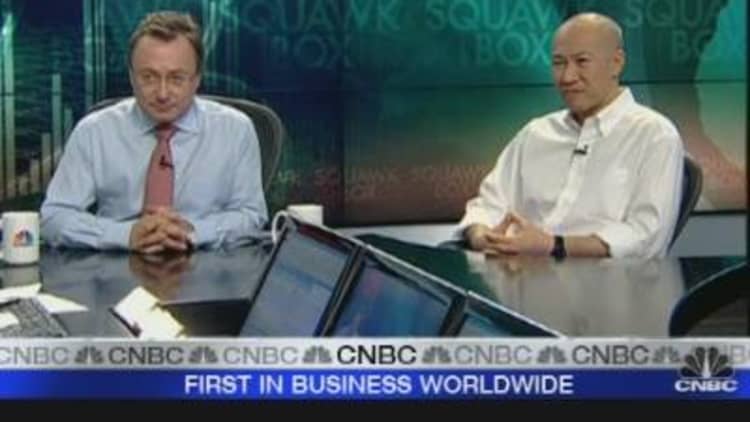History is not on the side of the double-dip camp, said Yuwa Hedrick-Wong, professor at the University of British Columbia, as the chances of that occurring have been rare.
"In the last 100 years in the U.S., (a) double-dip happened only twice. Both times it happened under a convergence of very adverse, monetary and fiscal policies," Hedrick-Wong, who is also an economic advisor at MasterCard Worldwide, said on CNBC.

The last time a double-dip recession took place in the United States was in 1981, where inflation had raced out of control and into double-digit territory, he noted, adding that interest rates were forced higher as a result — a move that ended up hurting the recovery.
The other instance before that was in 1930, he continued, where the combination of fiscal and monetary policies were at their worst.
Hedrick-Wong said those extreme conditions, where a "major suppression of credit creation" was evident, do not exist in the current environment.
"Personal, marginal personal income tax in 1931 went from 25 percent in the U.S. to 65 percent...I don't think those kind of conditions are around today."
Recovery Momentum Slowing
Hedrick-Wong acknowledged that the momentum of the recovery was slowing, adding that the IT replacement cycle was not enough to drive the recovery.
"What we have today actually is a narrow replacement investment cycle, mostly in the IT (sector). A lot of companies delay replacing their IT equipment...so they are catching-up big time. But that in itself, is insufficient to drive recovery to fruition in the longer term."
This was further evident in data this week showing a drop in monthly U.S. housing starts, and the July homebuilder confidence index fallingto its lowest level since April 2009
The U.S., he says, is likely to experience sub-par growth for a long time.
"It will bounce along...0.5 percent to 1.5 percent, at best."
Other Market Views:

